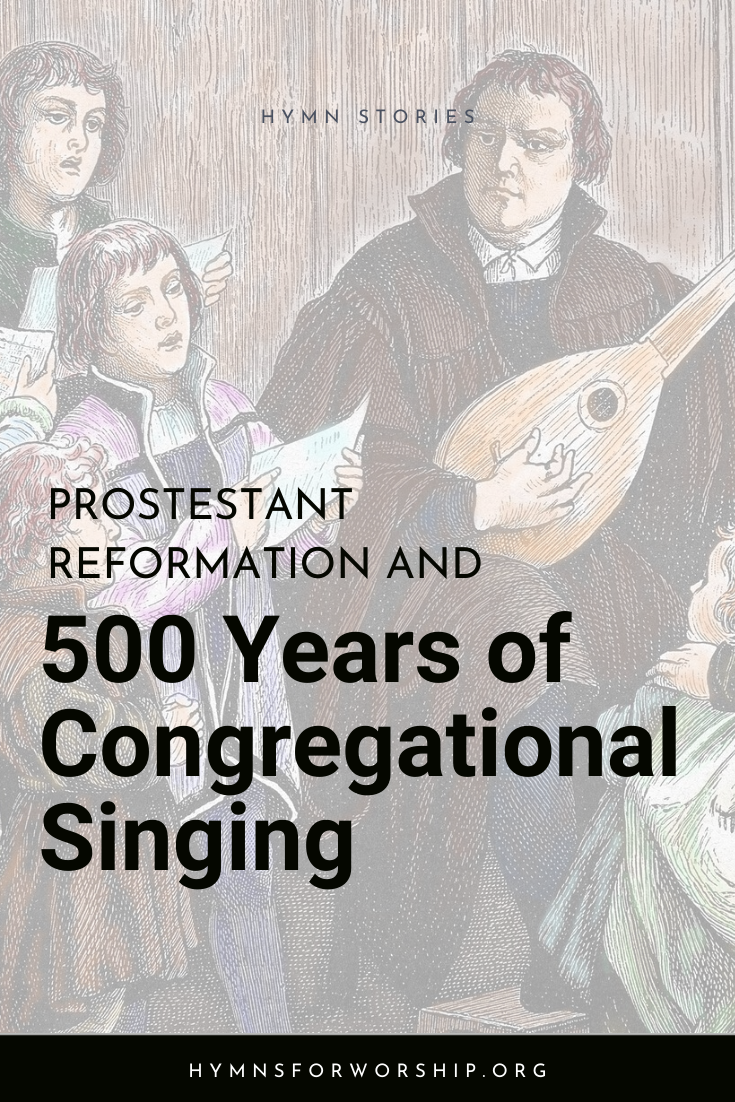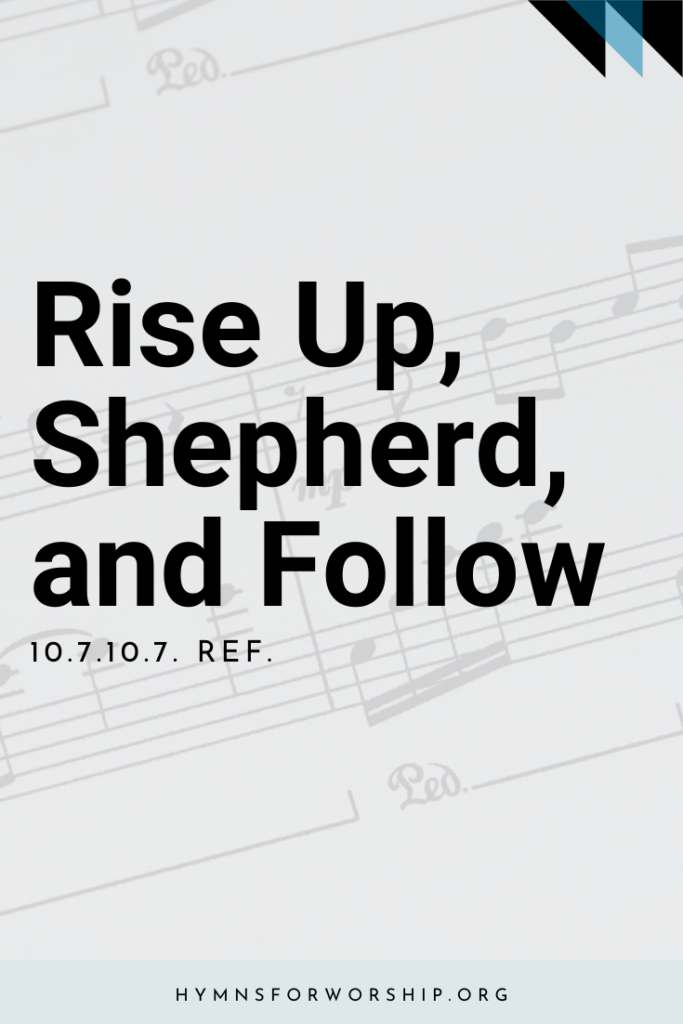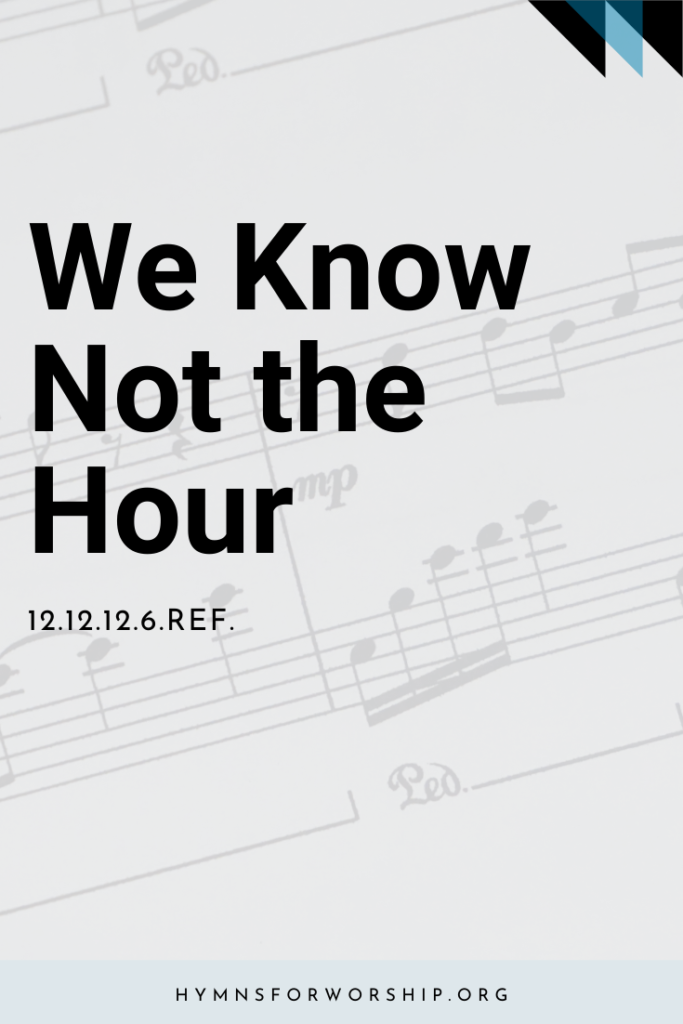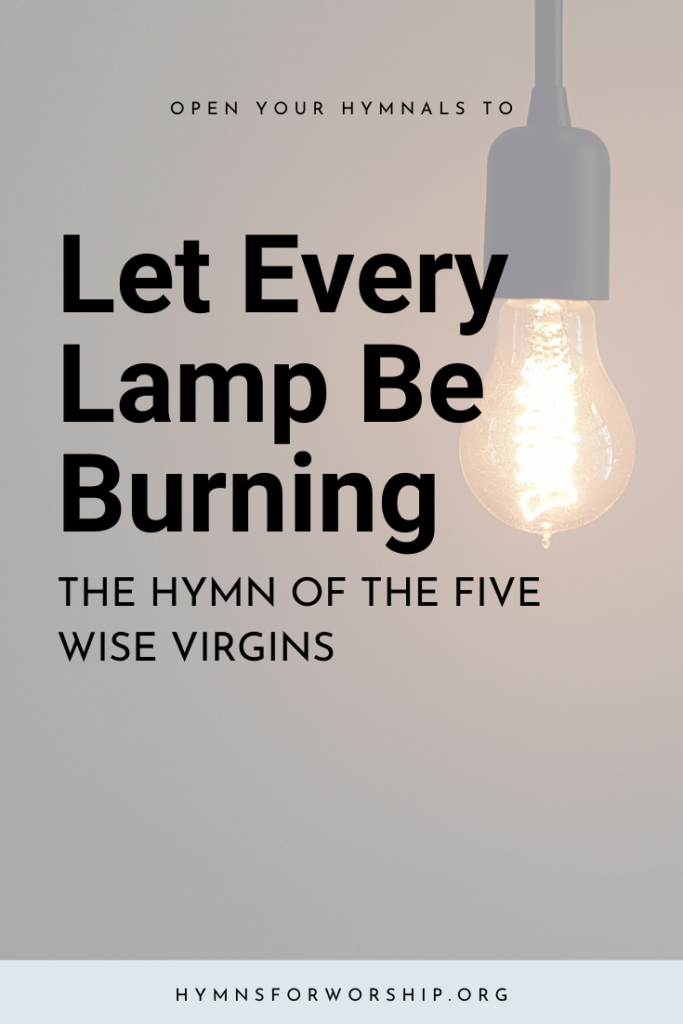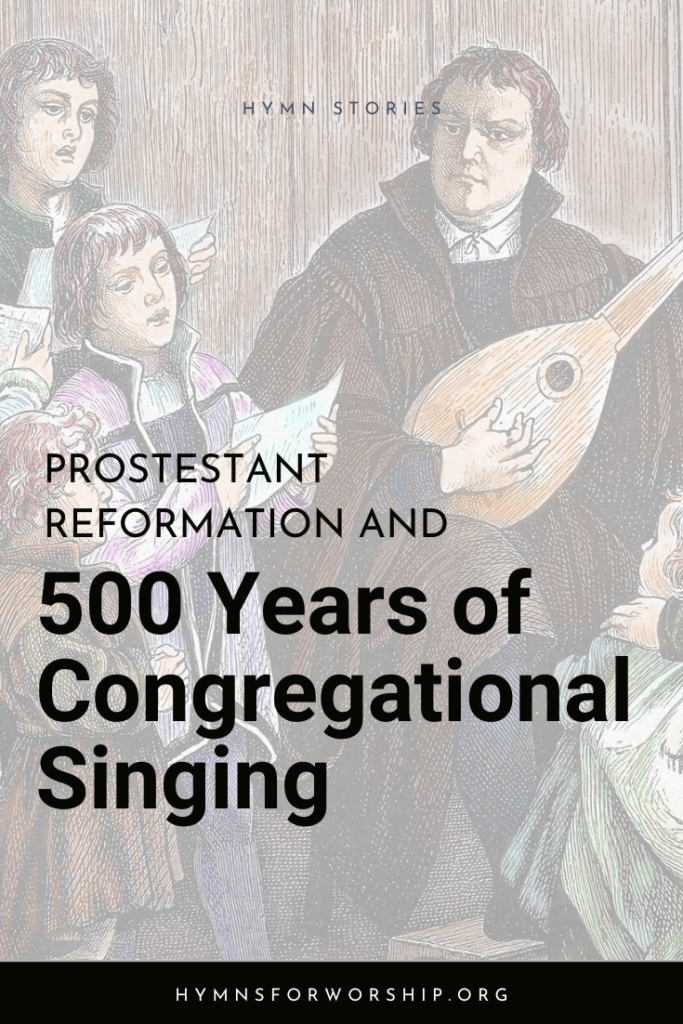
Music is often a reflection of what happens in the society. Many a man’s ideals, beliefs and philosophies are mirrored by music through its tune, rhythm, harmony, lyrics and form. When the Protestant Reformation era came about, the kind of music that emerged to reflect it came in the form of hymns, and a participatory style of performance called, congregational singing.
It is a sweet experience to hear a a heartfelt song sung in church by a skilled singer. It is equally pleasurable to hear a song sung in harmony by a duet, trio, quartet, or even a choir. Yet, there is something quite exhilirating and powerful with a song sung wholeheartedly by the laity.
However, the opportunity of singing in church by the common people did not always exist.
Where it all began
The Roman Catholic Church’s rise to power also marked the beginning of a distinct period in history called the “Dark Ages.” During this time, the true spirituality of the people waned. A majority of them were induced to transfer their faith in the pope of Rome rather than the Son of God.
Not only were people taught to look at the pope as their mediator, but as their savior, who alone can atone for their sins. But unlike the free gift of salvation given by God to any man who will accept it, the Roman Church demanded and exhorted the uneducated and the poor. With the promise of getting a “sure way” to heaven, people paid large sums of money, acts of penance, fancy gifts, trifles and bribes.
The people had had enough of it. And it took a man named Martin Luther who decided to stand against the lies and deceit. It was on that unforgettable night of October 31st, 1517 when the famous 95 Theses was revealed. Nailed to the door of the church of Wittenberg a message entitled “Disputation on the Power and Efficacy of Indulgences.” Thus making known to the public Luther’s disdain for the practices of the Roman Catholic Church.
That night officially marked the “empowering” of a spiritual enlightentment started out by Wycliffe, Hus, Jerome and other heralds of reform. And with the light shining from the pages of the Bible, now freely distributed to the masses, thanks to Guttenberg’s moveable-type printer, new ways of church worship practices emerged. More prominently, congregational singing.
Spectator worship started in the Roman Catholic church
Up to this point, the main practice in the Roman Church was to delegate all the singing parts to a special group of trained singers. These singers were schooled within the premises of the church grounds, called the close, where they learned the ins and outs of music theory, speak read and write Latin, sing Gregorian chants and do other clerical duties.
When the Gregorian chants were sung in church, only a very small percentage of the congregation can really understand. One reason is that it was 100% Latin, a language understandable only to those who attended university. That alone takes but a few percentage of people who regularly attend mass.
Another reason is that the mellismatic nature of most of the chants made it virtually impossible to audibly string the syllables together to know the actual word they were singing. Add to that the fact that only men were chosen to be a part of this elite singing group.
With these practices, the congregation was left to silence, and were pretty much left to just go through the motion of the Mass, which was all done in Latin, anyway.
Giving the voice back to the people
Martin Luther gets a lot of credit for starting congregational singing in church. While he was the most influential person to have the regular church folks belting out tunes, he certainly did not originally come up with the idea.
Other reformers who came before him recognized the importance and power of singing in church, individually and corporately. They all had different ways of bringing about singing in church, but all of them agree that the people should be given the opportunity to sing in worship.
It is interesting to see that as the Lord gradually opened the truths to His people during this important time in history, the musical practices of the church changed as well. As the people began to study and understand the Bible for themselves, worship and singing became more participatory and testimonial in nature.
Not just an old tradition
Congregational singing in church is not just a mere old tradition. It had a purpose, an objective, and an agenda. It empowered one of the most inspiring religious movements in history. It strengthened the people’s beliefs in God’s word. And it certainly unified the body of Christ in spirit and in truth.
Next Monday, we will discover the life of one of the bravest reformers who influenced the musical views of Martin Luther…
Like this article? Share it!

